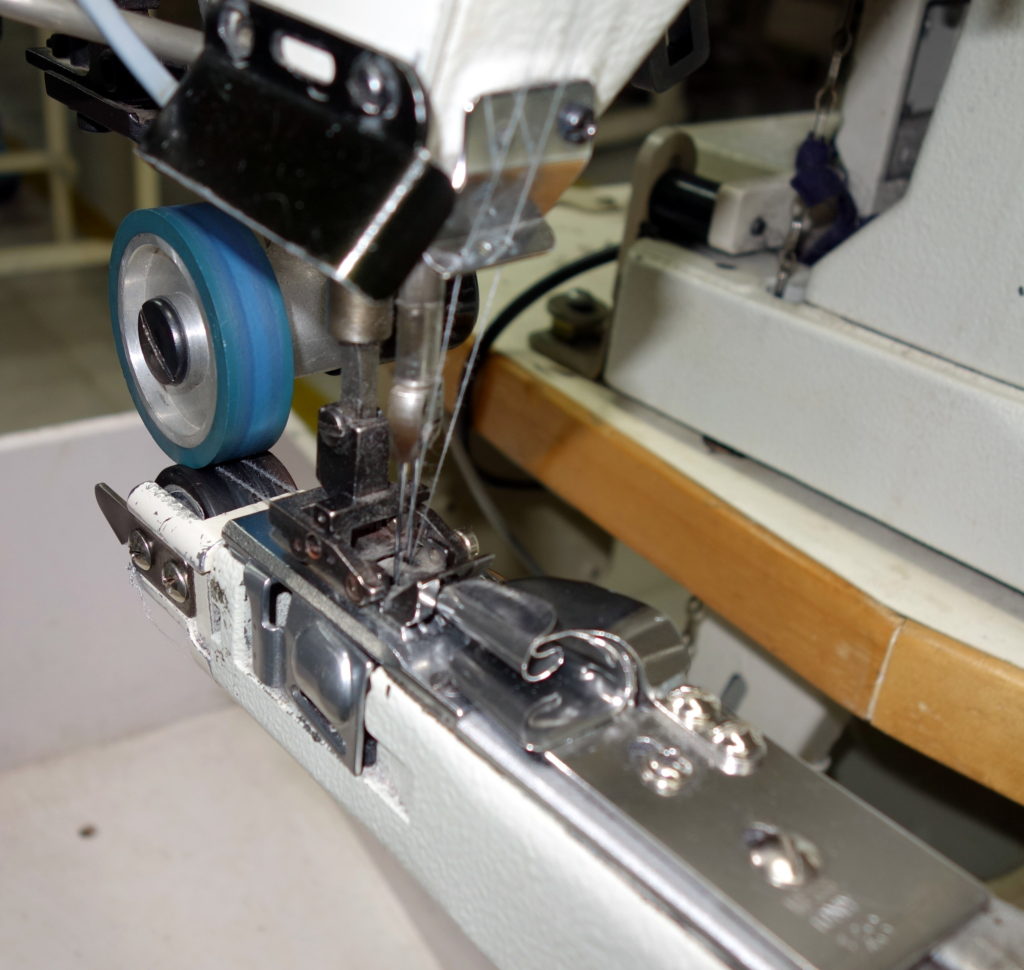Process Standardisation is a simple technique but with high impact. It is more underestimated than misunderstood. Lean strategy in Garment industry is mainly centered around 5S & Kaizen but an effective lean strategy should be made by keeping Standardisation as the focus point. This is because Standardised work forms the foundation for Kaizens & is also one of the 5S . Taichi Ohno, The father of Toyota Production System himself has famously quoted :
“Where there is no standard, there is no Kaizen”
What is Process Standardisation in garment industry?
Process Standardisation is defining, documenting & implementing the best method of performing processes for continuous improvement.
It is not just defined processed but the best possible method in order to make even more improvements later.
Benefits of Process Standardisation in garment industry
-
-
- Best method: With standardisation in mind, we are laying emphasis on finding out & documenting the best possible method of performing an operation. This study will help improve a lot of processes and bring down the SAM value or process time
- Assists Rhythm: Because the standardised method has been researched it will assist Rhythm. Rhythm in turn improves the efficiency & reduces confusion.
- Reduced Training time: The standardised process is illustrated in a document clearly which can be used for training,re-training & multiskilling.
- Attacks Variability: Pin pointing reason for sudden variation in the result is easier if the work has been standardised. Any deviation from standard method will lead to deviation in result.For example – There is a sudden increase in uneven stitch at the collar top stitch. The quality manager goes to the operation to find out the reason. He observes that the machine is fit with normal pressure foot as opposed to compensated pressure foot mentioned in the standard work document.
- Helps in Continuous Improvement: Standardised works is the key to continuous improvement. Further improvement can only be done to standardised processes. For example: An industrial engineers studied the placement of pins on profile for collar run stitch and mentioned the findings in the standard work document. With time the method was adopted and supervisors had their attention on pins.Later they found out that out of the three one pin can be removed without affecting the quality. Thus saving time in pinning & improving the process further.

Standardisation helps in Kaizen - Helps in Automation: Standardised work paves the path for automation as only when the best sequential steps to do a work is known Automation can be carried. Automation ideas can be easily found with standardisation. For eg: while sewing side seam of a shirt the standardised worksheet says that an operator should stop & realign the panels at the armhole seam. This is because seam doesn’t fold properly in the folder as it is thicker. This in turn will allow the fabric to go inside the folder properly & Raw edges will be avoided.
Now in future if the machine is calibrated to stop at the armhole seam automatically, this will be a Poka- yoke, automatically stopping the machine thus asking the operator to insert the seam properly in the folder and avoiding raw edges.
Side seam folder for the feed off the arm machine - Cross Functional Teams: In an office if a person repeats the work sequentially the person sitting next to him will automatically learn about his job thus enabling cross functional teams. Also if a work is documented anyone can be asked to fill-in in case of absence. This eliminates dependability of processes on people.
- Aesthetically pleasing workplace: And Finally Standardised workplace looks better aesthetically than non-standardised workplace.
-
If I have to choose the foundation for my lean house, Standardisation will surely be it’s foundation. Because it acts with every other lean tool & provides an effective way of visual management.



Pretty nice post. I just stumbled upon your weblog and wished to say that I’ve truly enjoyed surfing around your blog posts. In any case I’ll be subscribing to your rss feed and I hope you write again soon!
Thank you Rosina. I will definitely write more after reading this.
Wow! Thank you! I permanently wanted to write on my blog something like that. Can I take a fragment of your post to my blog?
Thank you Brain. Yes, You can if you tag us 🙂